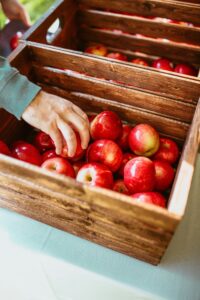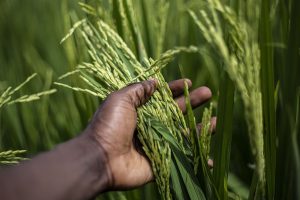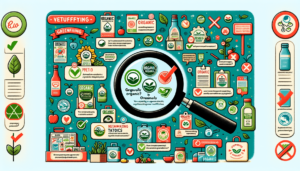In this article, we’ll explore practical tips and savvy strategies to help us find affordable organic food without stretching our budgets. We understand that making healthier, eco-friendly choices is important, but it can often seem like an expensive endeavor. Together, we’ll uncover resources, local options, and smart shopping habits that make organic produce accessible and affordable for everyone. Have you ever wondered how we can find affordable organic food without breaking the bank? Most of us care about the quality of the food we consume, yet we often find ourselves balking at the hefty price tags attached to those precious organic products. You’re not alone. With rising concerns about health and the environment, the demand for organic food is growing. However, many of us face the challenge of how to fit these often-expensive items into our budgets.
Let’s dive deep into the world of organic food and explore various strategies and tips that can help us find affordable organic food without compromising our financial health.

Understanding Organic Food
Before we discuss how to find affordable organic food, let’s take a moment to understand what makes organic food special. Organic farming practices do not utilize synthetic pesticides, fertilizers, or genetically modified organisms (GMOs). This sustainable approach is better for our health and the environment. Knowing the distinction between organic and non-organic can help us make informed choices.
What Makes Food Organic?
Organic food is grown through practices that encourage soil and water conservation and reduce pollution. Here’s a quick table summarizing the key differences:
| Criteria | Organic Food | Non-Organic Food |
|---|---|---|
| Pesticides | No synthetic pesticides | Synthetic pesticides allowed |
| Fertilizers | Natural fertilizers | Chemical fertilizers allowed |
| GMOs | Not permitted | Permitted |
| Animal welfare | Animals must have access to the outdoors | No specific requirements |
| Antibiotics | Limited or prohibited | Regular use allowed |
Understanding these differences can help us appreciate why organic food often comes with a higher price tag. Nevertheless, armed with the right strategies, we can find affordable organic options.
Shop Smart: Where to Buy Affordable Organic Food
Finding affordable organic food starts with knowing where to look. Different types of stores and markets offer various pricing and selections.
Local Farmers’ Markets
Farmers’ markets are a treasure trove of fresh, local, and often organic produce. By cutting out the middleman, these markets offer more competitive prices. Here’s how we can make the most of our visits:
- Build Relationships: Get to know the vendors. Regular conversations can lead to better deals and insights into when the freshest produce is available.
- Visit Late in the Day: Some vendors lower prices towards the end of the business day to move remaining stock.
Community Supported Agriculture (CSA)
CSA programs involve buying a share of a farmer’s harvest in advance. This direct-to-consumer model can significantly reduce costs. Benefits of joining a CSA include:
- Seasonal Produce: We get fresh, seasonal organic produce directly from the farm.
- Cost Savings: Prepaying for an entire season often brings costs down compared to weekly shopping.
Discount Grocery Stores
Not all discount grocery stores carry organic products, but several do. Stores like Aldi and Trader Joe’s offer a range of organic products at lower prices. Here’s how to navigate these stores:
- Look for Private Labels: Many of these stores have their own organic brands which are usually cheaper.
- Weekly Specials: Keep an eye on sales and promotions.
Online Retailers
Online shopping for organic food offers convenience and sometimes better prices. Websites like Amazon, Thrive Market, and others cater specifically to organic and wholesome foods. Tips for online shopping include:
- Subscriptions and Bulk Buying: Many online retailers offer discounts for subscriptions or bulk purchases.
- Comparison Shopping: Utilize tools that compare prices across different websites.
Make Strategic Choices: What to Prioritize in Organic
Not all food needs to be organic. Knowing what to prioritize helps us allocate our budgets more effectively.
The Dirty Dozen and Clean Fifteen
Every year, the Environmental Working Group (EWG) releases a list called the Dirty Dozen and Clean Fifteen. These lists help identify which fruits and vegetables have the most and least pesticide residues. Prioritizing items from the Dirty Dozen for organic purchases makes more sense, while we can be less stringent about the Clean Fifteen.
Here’s the latest Dirty Dozen and Clean Fifteen list:
| Dirty Dozen | Clean Fifteen |
|---|---|
| Strawberries | Avocados |
| Spinach | Sweet Corn |
| Kale, Collard Greens | Pineapples |
| Nectarines | Onions |
| Apples | Papayas |
| Grapes | Frozen Sweet Peas |
| Peaches | Eggplants |
| Cherries | Asparagus |
| Pears | Kiwis |
| Tomatoes | Cabbages |
| Celery | Cauliflower |
| Potatoes | Cantaloupes |
Organic Dairy and Meat
Meat and dairy products can contain higher levels of antibiotics and hormones, so these are also high priorities for organic consumption. Here are a few tips:
- Look for Sales and Stock Up: Keep an eye out for sales on organic meat and dairy and stock your freezer.
- Buy Cheaper Cuts: Cheaper cuts of meat can be more affordable and just as nutritious when cooked properly.
Grow Your Own Organic Food
If space and time permit, growing our own food is one of the most cost-effective ways to ensure we have a steady supply of organic produce. Here’s how we can get started:
Starting a Home Garden
Even a small garden can yield a substantial amount of produce over time. Consider the following to kickstart our garden:
- Start With Easy-to-Grow Crops: Tomatoes, herbs, peppers, and leafy greens are excellent for beginners.
- Use Organic Fertilizers: To keep our garden truly organic, use compost or other organic fertilizers.
- Companion Planting: This method involves planting compatible crops together to improve growth, deter pests, and utilize space efficiently.
Community Gardens
If we lack space at home, community gardens are a fantastic alternative. These shared spaces often provide plots that we can rent for a nominal fee:
- Join a Community Garden: Many cities and towns have community gardens. We can join one and benefit from shared resources and knowledge.
- Participate in Garden Swaps: Swap excess produce with other gardeners to diversify our diet without spending extra.

Shop Seasonally and Locally
Seasonal and local produce is often cheaper, fresher, and sometimes organic. By understanding what’s in season, we can take advantage of lower prices and higher quality.
Benefits of Seasonal Shopping
Seasonal shopping helps us ensure that our food is fresher and cheaper because it doesn’t have to travel long distances. Benefits include:
- Cost Savings: Seasonal produce is abundant and hence cheaper.
- Better Taste: Fruits and vegetables harvested in their peak season taste better and are more nutritious.
Tips for Seasonal Shopping
- Learn the Seasons: Familiarize ourselves with what’s in season in our region.
- Visit Local Farms: Many local farms offer seasonal produce at lower prices.
Bulk Buying and Preservation
Buying in bulk and preserving food can lead to significant cost savings. Here are some strategies to make the most of bulk buying:
Buying in Bulk
Many stores and co-ops offer bulk buying options for organic grains, beans, nuts, and other pantry staples. Benefits include:
- Lower Costs: Bulk purchasing reduces packaging costs, leading to lower prices.
- Long Shelf Life: Many bulk items have long shelf lives.
Preservation Methods
Preserving food helps us prevent waste and ensures we have access to organic produce year-round. Popular methods include:
- Freezing: Freeze fruits, vegetables, and even herbs. Blanch vegetables before freezing to preserve nutrients.
- Canning: Home canning can be a bit labor-intensive but is an excellent way to store produce. Make jams, pickles, and sauces.
- Dehydrating: Drying fruits, vegetables, and herbs can extend their shelf life without needing freezer space.
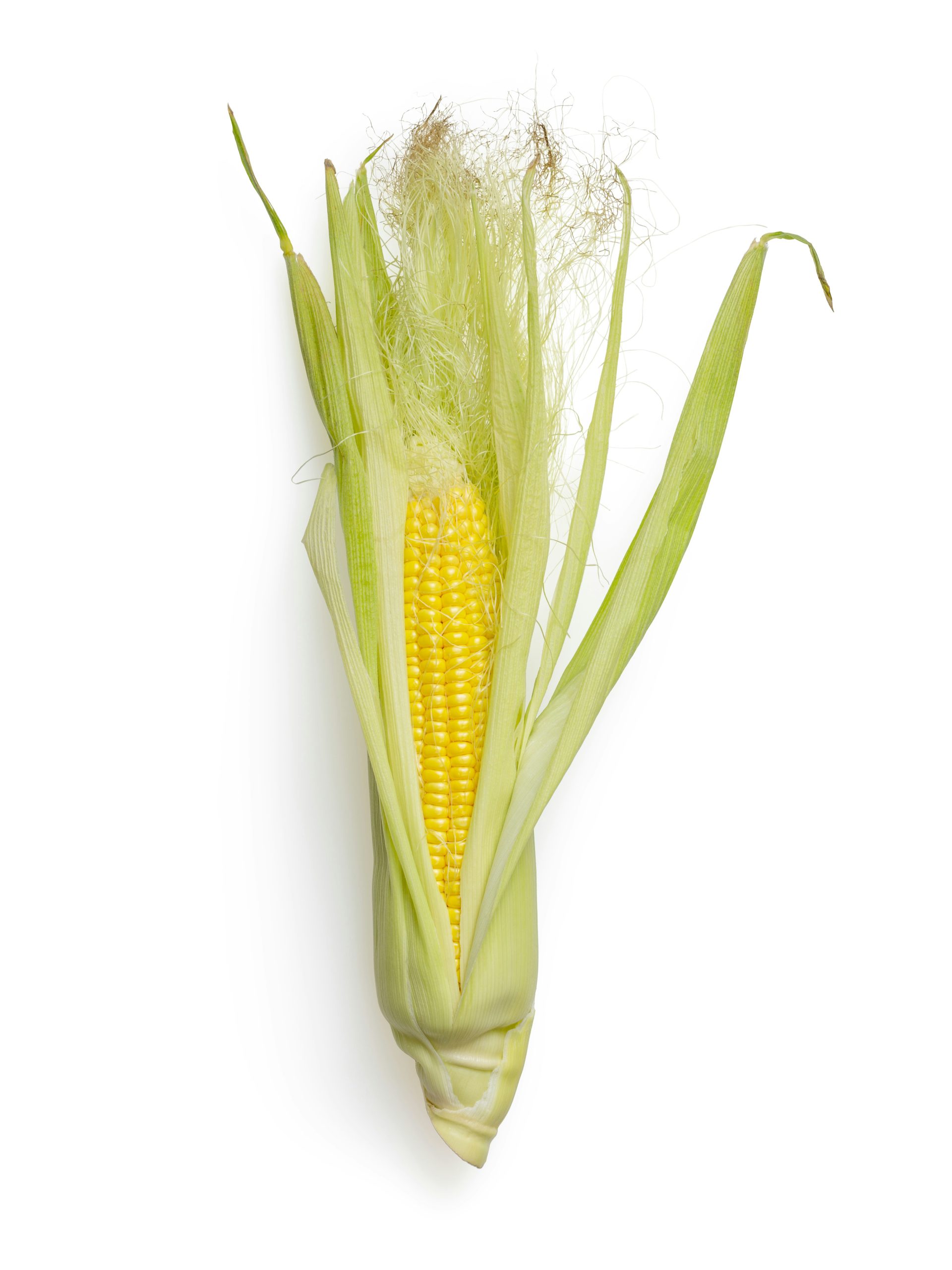
Price Matching and Coupons
Taking advantage of price matching and coupons can further alleviate the costs of purchasing organic food. Here are ways to leverage these options:
Price Matching
Some stores will match the price of a competitor’s sale:
- Research Ahead: Check weekly ads from various stores and bring those to your preferred retailer.
- Use Technology: Apps and websites often aggregate the best deals and price match options in your area.
Coupons
Coupons are available for organic products just like regular items:
- Sign Up for Newsletters: Brands and stores often send coupons through their newsletters.
- Check Websites and Apps: Websites like Coupons.com, as well as store apps, frequently offer digital coupons for organic products.
Meal Planning and Reducing Food Waste
Effective meal planning not only helps us save money but also reduces food waste, which is crucial for our budget and the environment.
Benefits of Meal Planning
- Cost Efficiency: Planning meals around sale items and seasonal produce can help cut grocery costs.
- Reduced Impulse Buys: A planned shopping list minimizes the purchase of unnecessary items.
Tips for Reducing Food Waste
- Proper Storage: Store fruits, vegetables, and leftovers correctly to extend their freshness.
- Use Leftovers Creatively: Reinvent leftovers into new meals to avoid waste.
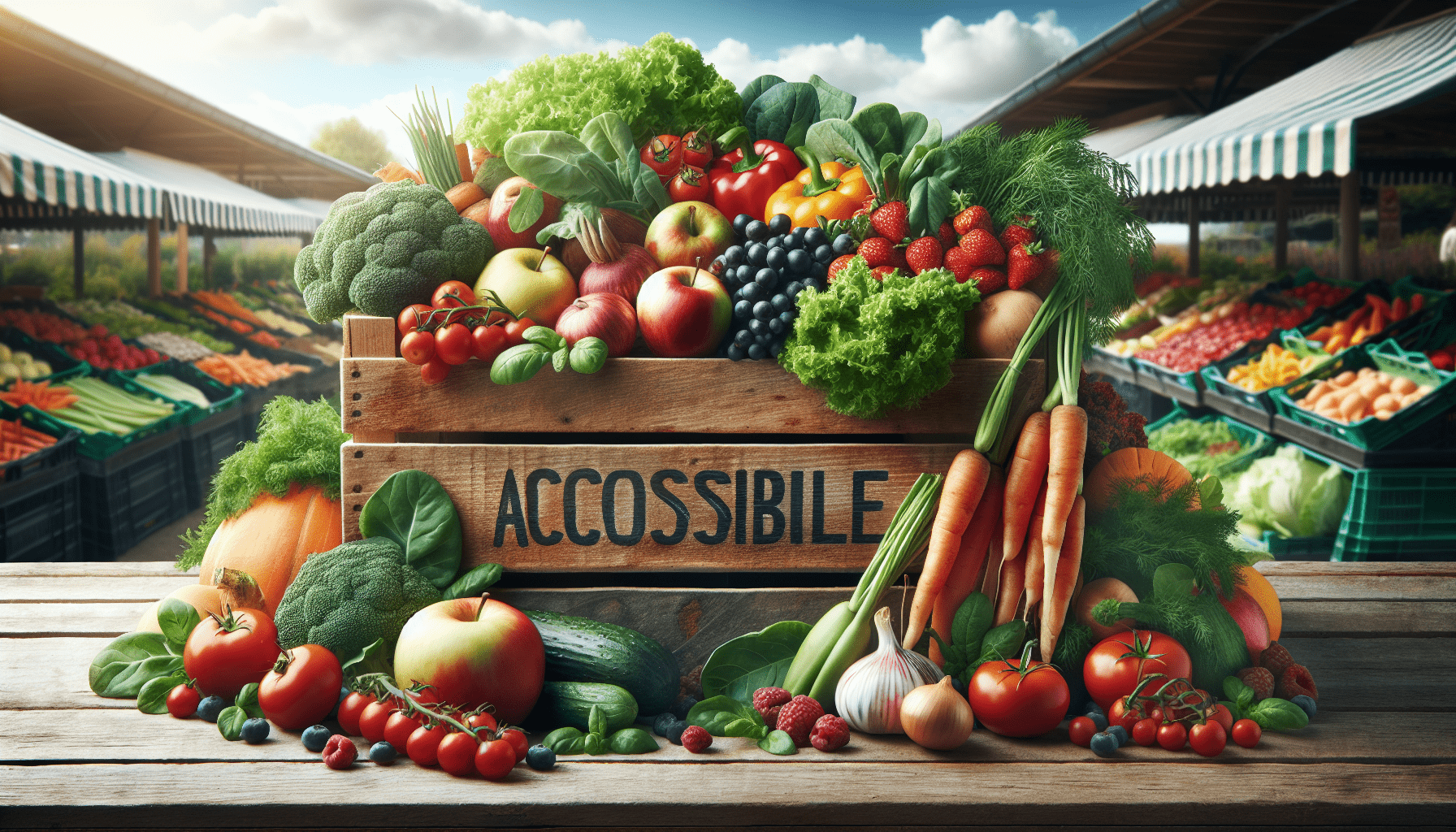
Cooking From Scratch
Cooking from scratch allows us to control the ingredients and often proves cheaper compared to pre-packaged or processed foods.
Perks of Home Cooking
- Cost Savings: Preparing meals at home reduces costs significantly.
- Health Benefits: We have full control over the quality and amount of ingredients used.
Easy Recipes for Home Cooking
- Batch Cooking: Preparing large batches of meals, like soups and stews, can save time and money.
- Basic Staples: Cooking basic staples such as rice, beans, and pasta at home can be cost-effective and healthier.
Final Thoughts: Balancing Budget and Health
Finding affordable organic food does require some effort and creativity, but it’s entirely possible. By shopping smartly, making strategic choices, growing our own food, and embracing meal planning, we can enjoy the benefits of organic food without straining our budget.
Let’s remember that every small step towards incorporating more affordable organic food into our diet is a victory. We can start small, make gradual changes, and soon, finding and enjoying affordable organic food will become second nature to us. Let’s embark on this journey together, making healthier, eco-friendly choices that benefit us and our planet.

